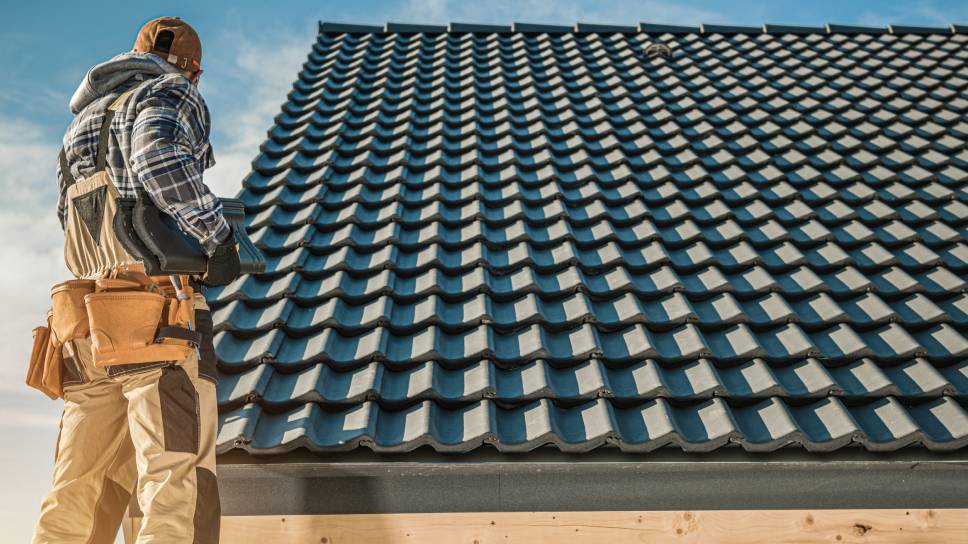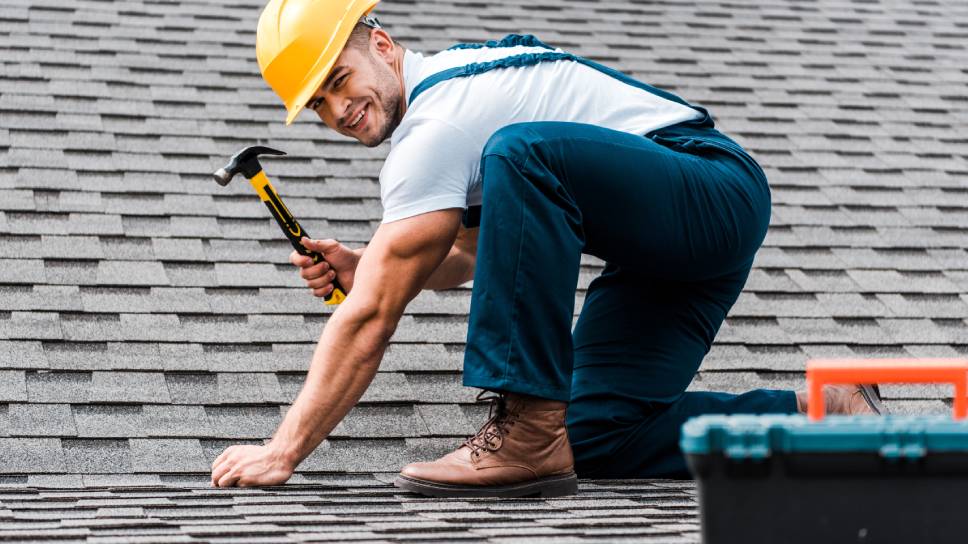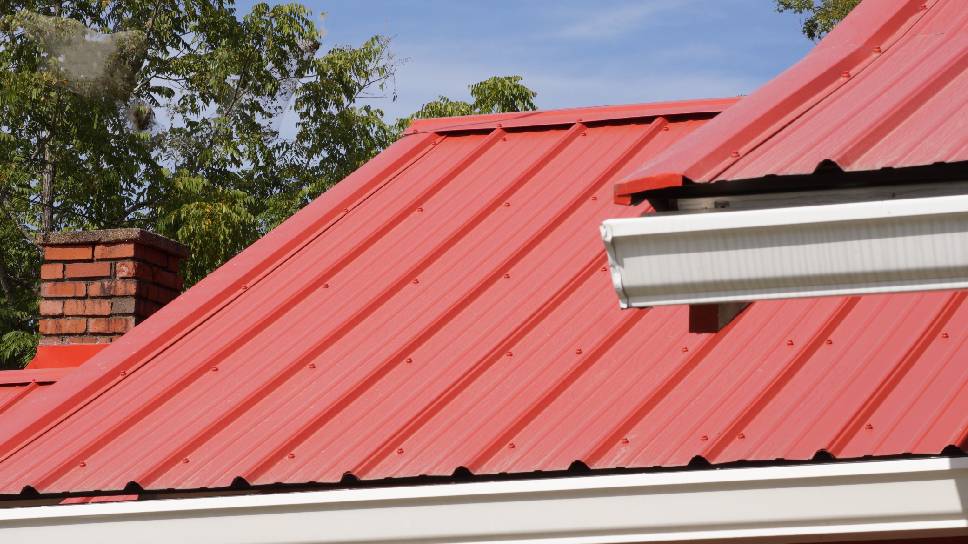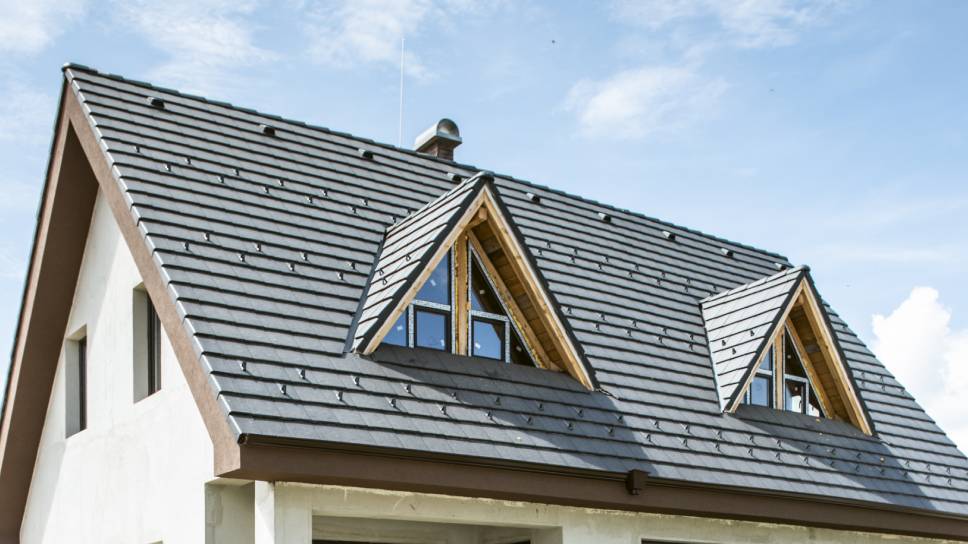Selecting a roof covering - a choice for years
The choice of roofing material depends on several factors:
Roof shape
It is much better to use small format roofing on rafter framing which has an unusual or complicated shape, with many folds or curves. They give much more freedom in shaping the appearance of the roof than large format roofing such as metal sheet. In addition, less waste is generated during roofing and therefore less money is wasted. Similarly, the fewer folds or curves, the more profitable are metal sheets or metal tiles.
It is also worth remembering about the roofing manufacturers' recommendations related to the roof slope inclination angle. Some materials protect better against water on steep roofs, while others cope better with gentle slopes. This issue is particularly important in winter and spring, when the roof is exposed to snow and slush.
Provisions included in the local spatial development plan
Local spatial development plans may impose the shape of rafter framing, roof slope angles and even the type and colour of roofing on investors. This is the case, for example, in the old towns of some cities.
Climatic conditions
Steep slopes work better in regions which are exposed to heavy snowfall in winter. On the other hand, heavy, small-format coverings will be a good choice in regions that experience strong winds.
Type of roofing
Tile or ceramic roof tiles can be installed on a standard rafter framing consisting of battens and counter-battens. On the other hand, roofing felt or bituminous shingles require full boarding.
Presence of a developed attic
Thermal comfort in the attic is ensured mainly by using adequate thermal insulation, such as good quality open cell foam. However, the covering can also have an impact on the temperature in the loft. Not because of its thermal insulation properties, but because of how it behaves in bright sunlight. Then there is the issue of acoustics; some materials provide better sound insulation, such as heavy rain.
Price, availability of materials and professionals
Coverings differ not only in price or physical properties. Sometimes the problem is the availability of material, sometimes it is the lack of professionals who can cover the roof in the way we want. In extreme cases it may take several months to get a new roof.

The most popular roofing materials for detached houses
The most popular pitched roof coverings today are:
- ceramic tiles,
- cement tiles,
- metal roofing tiles,
- trapezoidal sheet metal,
- bituminous shingle.
Here are brief characteristics of these materials:
Ceramic tiles
Small format roofing, suitable for roofs of unusual shape - multi-panelled, with dormers or bay windows. Ceramic tiles are relatively heavy, so they require a reinforced rafter framing. However, they are very durable, look stylish, and have very good sound absorption. Moreover, they come in a large number of colour options and various interesting patterns. They are more expensive than roof tiles and their installation requires greater skills. Besides, standard ceramic tiles should rather not be installed on roofs with low pitch.
Cement (concrete) tiles
One square metre of this covering is lighter than one square metre of ceramic tiles. The number of patterns or colour options is also smaller. This material is also not as durable as ceramic tiles, although its lifespan is up to 70 years anyway. However, it is definitely cheaper than its ceramic counterpart. And it insulates just as well against noise. It is a great material for those who care for an optimal price-quality ratio.
Bituminous shingles
Bituminous shingles are simply strips of good quality bituminous roofing paper reinforced with a fibreglass core, shaped into fancy patterns: scales, triangles, cubes, rectangles, tiles, etc. Shingles and roofing tiles are covered with a special mineral powder, which makes their surface more mechanically resistant and better able to withstand high temperatures caused by sunlight. This type of roofing is laid on a full boarding. It is durable, inexpensive and easy to cut into individual strips. Moreover, it dampens noise very well.
Metal roofing tiles
It is a small sheet of metal shaped in such a way that its appearance resembles traditional roof tiles. This material is inexpensive, relatively easy to install and lightweight, and works well in the vast majority of contemporary single-family home designs. Models with a steel core, finished with a good quality protective coating or powder coating, such as stoneware, can last for several decades.
Trapezoidal sheet metal
It is one of the most common roofing materials for detached houses. Trapezoidal sheet metal is cheap, very light and perfectly suitable for straight, pitched roofs. It can be used on slopes of only a few degrees, but one should remember about proper waterproofing of the sheathing. The disadvantage of this solution is its unimpressive acoustic insulation.
Purios open-cell PUR foamis a thermal insulation material, which can be used under a roof covered with any of the above mentioned materials. However, if we plan to protect a flat roof, closed-cell PUR foam will be an excellent solution.

 This website uses cookies. By using this website, you consent to the use of cookies in accordance with your browser settings.
This website uses cookies. By using this website, you consent to the use of cookies in accordance with your browser settings.